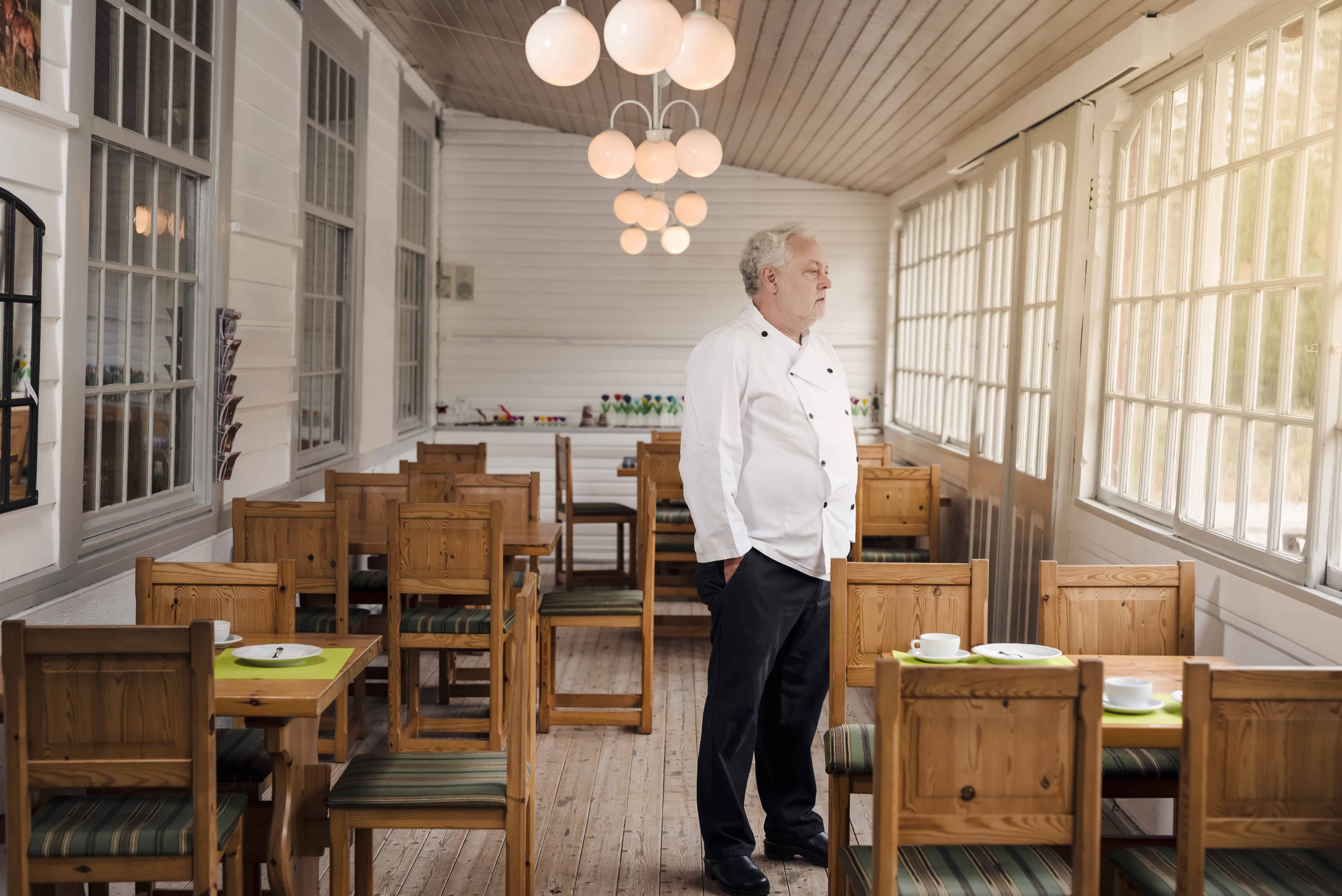Our new series is an overview of developments in the food and hospitality sector. We welcome contributions on how you’re affected, actions you’re involved in and how you’re rethinking your business.
Thinking together: shared thoughts and online exchange
The Covid-19 pandemic continues to take its toll, generating stress and forcing us all to rethink our way of living and working. In the great majority of countries, we are now entering a period of partial deconfinement, in varying degrees. This series, Thoughts, Thinking, Rethinking, which we are launching today is designed to be open and eclectic, enabling you to think about how you can deal with the challenges, but above all to share your ideas with us and all the stakeholders of Les vergers Boiron.
We want to know what you’re doing personally and with others to continue to live and work during this period and how you are preparing for the future. The articles we have written include links to various sites to allow you to delve more deeply into each subject and see what others are doing.
In this first series we look at innovations in eating out and eating in worldwide, i.e. how some restaurants in Europe are setting up new dining arrangements and how some are catering outside their establishments. We also examine new business models in the US, as restaurants move from being single-service structures to becoming food providers for their patrons and their communities. We end with a thought-provoking article on the increased importance of quality service and the unchanging fundamentals of good relations between restaurateurs and their customers. For those of you who read French, we offer a similar selection of articles which you can access as well.
Rethinking the hospitality business
New measures for restaurant service, indoors and outdoors:
In these three articles, from The Guardian and The Washington Post, we look at innovation in several European restaurants, including Austria, Germany, Spain, France, Lithuania, Italy and The Netherlands, demonstrating their resilience and creativity. Here is a summary of some of the longer pieces on indoor and outdoor restaurant service solutions:
- A Romanian restaurant, Il Ciak’ is currently testing plexiglass separators to isolate diners and still allow them to interact safely.

- As Austria goes into partial deconfinement on May 15th, restaurants will reduce the number of tables in each establishment to ensure social distancing, will allow only four people per table and will have all its serving staff wearing masks.
- The Madrid Mayoralty is planning to allow restaurants to increase the size of terraces and the number of outdoor tables they can have, especially for those located in appropriate locations.
- Up to 18 public squares in the Lithuanian capital, Vilnius, including the Cathedral Square in the heart of the city center, will be opened up to enable at least 160 restaurateurs to welcome customers. Strict hygienic measures and social distancing rules will be enforced by municipal staff. To kick-start the project, the City will give health carers and hospital staff 400.000 euros in meal vouchers to thank them for their efforts during the crisis.
- The ETEN restaurant in Amsterdam’s Mediamatic arts center is thinking outside the box (or rather inside the greenhouse), welcoming patrons in serres séparées, French for “separate greenhouses,” where diners are served inside individual glass enclosures that are the shape of small garden greenhouses. As the art center wrote on its website. “Later this year we will serve our visitors amazing plant-based dinners in their own little greenhouse.”
Link to the articles:
The guardian: Can Europe’s restaurants survive the coronavirus lockdown?
The Guardian: Lithuanian capital to be turned into vast open-air cafe
Changing business models in the US:
The restaurant business has always been tough. In the US, according to Forbes magazine, even before the pandemic, 60% of US restaurants closed down during their first year and 80% within five years. Today, American restaurants are responding with incredibly clever ideas to change how they work and who they are in this new challenging period. What counts is how to survive and adapt to the changed needs (and often lower budgets) of their patrons. This article reminds us of some of the essential facts and how important the restaurant business is to the US economy. It employs over 15 million people (the majority of which are now unemployed) and represent 7% of the country’s work force. If we look at the impact of connected industries, such as suppliers of raw materials, equipment and logistical services, the restaurant business generates 10% of total jobs.
 But Americans don’t give up easily and their capacity to adapt has always been their cultural and economic hallmarks, often inspiring the rest of the world. This article provides with numerous examples, such as the Canlis restaurant, a Seattle gastronomic landmark, which in a very short time, has completely transformed itself, serving bagels in the morning and a simplified takeaway prestige menu in the evening. Saint Dinette, a prestigious gastronomic establishment in Saint-Paul, Minnesota, has adopted a variant of the same approach, with a family-friendly formula, offering simplified takeout gourmet meals for adults and simpler dishes for young people (including great burgers made with the finest ingredients) so that the whole family can dine in together.
But Americans don’t give up easily and their capacity to adapt has always been their cultural and economic hallmarks, often inspiring the rest of the world. This article provides with numerous examples, such as the Canlis restaurant, a Seattle gastronomic landmark, which in a very short time, has completely transformed itself, serving bagels in the morning and a simplified takeaway prestige menu in the evening. Saint Dinette, a prestigious gastronomic establishment in Saint-Paul, Minnesota, has adopted a variant of the same approach, with a family-friendly formula, offering simplified takeout gourmet meals for adults and simpler dishes for young people (including great burgers made with the finest ingredients) so that the whole family can dine in together.
There are many other great examples in this article, including the three-starred institution, Alinéa, in Chicago which has switched from very theatrical molecular cuisine to takeaway ribs, but without sacrificing the quality of the ingredients and the fine cooking. The main lesson of these experiments is that people’s favorite restaurants are changing to continue to satisfy their customers, that they will always be there to serve them (in the widest sense of the word) and that (mutual) loyalty is the best remedy for our difficult times!
The more things change, the more they stay the same:
We would like to close this first series of articles with a great piece from one of Britain’s foremost dining critics (and great wordsmiths), Jay Rayner.
In this elegant trip through time and space, he reminds us of some of the fundamentals of great service. Above all, it’s a combination of that special chemistry and the right attitude by both the restaurant staff and its patrons. If it takes two to tango, it takes many people (sitting or standing) to create a great dining experience… and the customer is not always right.
This article reminds us that, whatever technical adjustments and changes will be imposed in the coming period as restaurants reopen, the human factor will remain (and possibly increase) to make the experience of eating out something we all relish and which is the source of many of the best moments and memories in our lives!
Before and after:
this is the end of our first series of articles in Thoughts, Thinking and Rethinking. Once again, we invite you to share your thoughts with us and tell us about what you or people around you are doing to make it through these difficult times and prepare for a new future. Have a good read and be well.

